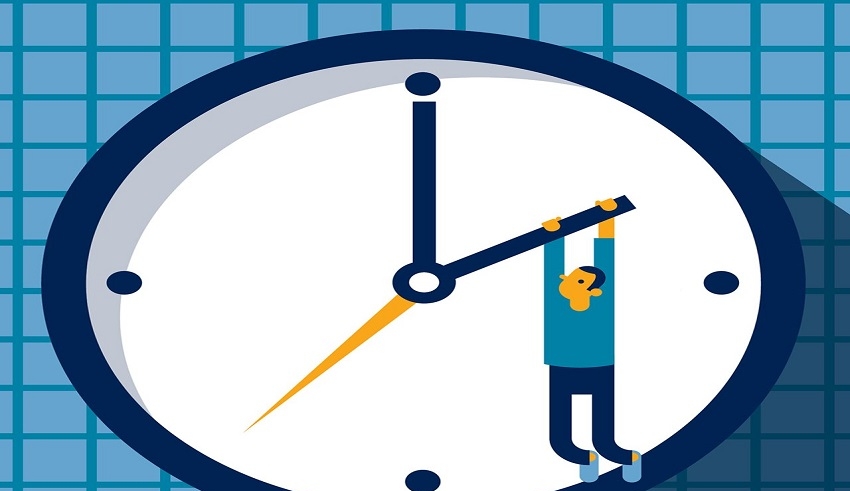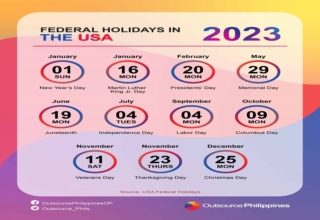
Last updated on March 9th, 2023 at 02:26 pm
When we “spring forward,” Daylight Saving Time 2023 will start this Sunday, March 12, at 2 a.m. Indeed, you still need to move your clocks up an entire hour. For the majority of people, this means that you should make plans to do so on March 11 at midnight. (Prepare for this: you’ll “lose” an hour of sleep.)
The clocks on computers, televisions, and mobile devices will update automatically at 2:00 a.m., but you’ll need to manually advance all other clocks by one hour. DST always causes us to “spring forward” and “fall back” one hour.
The second Sunday in March marks the beginning of Daylight Saving Time, which is often known as “daylight savings time,” while the first Sunday in November marks its end.
The majority of the United States still maintains Daylight Saving Time, despite some uncertainty last year.
The Sunshine Preservation Act, a piece of legislation to make daylight saving time nationwide permanent, was enacted by the Senate in March 2022. According to Reuters, the debate over whether to preserve standard time or permanently switch to daylight savings time caused the legislation to stall in the House.
Keep Reading
The legislation to stop changing the clocks was reintroduced last week by a 12-member bipartisan group of senators.
Sen. Marco Rubio (R-Florida) stated in a statement on Thursday that the practice of changing the time twice a year is ridiculous. “There is overwhelmingly strong public and party support for locking the clock. I’m hoping we can finally do this during this Congress.”
The Hill claims that if the legislation is passed, this month’s clock-changing for Americans would be the final one. On the first day of winter in New York, if we did not “fall back,” sunrise would be at approximately 8:15 a.m.; however, if we did, sunrise would be at approximately 7:15 a.m.
To save fuel for the war industries, daylight saving time was initially implemented during World War I. The Uniform Time Act, which set uniform start and finish hours within standard time zones, was signed by President Lyndon B. Johnson in 1966. The rule had been suspended after World War I but had been reinstated by Congress during World War II due to energy usage. The Department of Transportation’s regulation of the policy aims to conserve energy, lessen road fatalities, and lessen crime.
Also Read;- A new EU-US data deal may come too late for Facebook

























